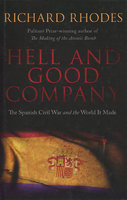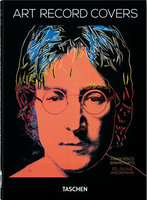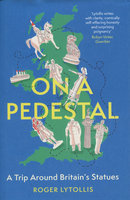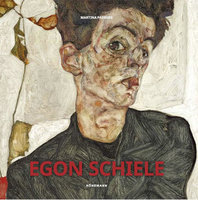New, Quality Books - 50-90% off, over 2500 titles
Your basket is empty.
Categories Last Chance to buy! DECODING MAGRITTE
DECODING MAGRITTE
Book number: 93566
Product format: Hardback
In stock
Bibliophile price
£12.50
Published price
£40
Customers who bought this product also bought
|
HELL AND GOOD COMPANY
Book number: 91357
Product format: Hardback
Bibliophile price
£1.75
Published price
£20
|
GOLDEN COMPASS: His Dark Materials Book I
Book number: 93016
Product format: Hardback
Bibliophile price
£9.50
Published price
$37.99
|
|
|
ON A PEDESTAL: A Trip Around Britain's Statues
Book number: 91885
Product format: Hardback
Bibliophile price
£3.00
Published price
£20
|
ULTIMATE TRAIN JOURNEYS WORLD
Book number: 93173
Product format: Paperback
Bibliophile price
£8.50
Published price
£22
|
|
Browse these categories as well: Last Chance to buy!, Art & Architecture















